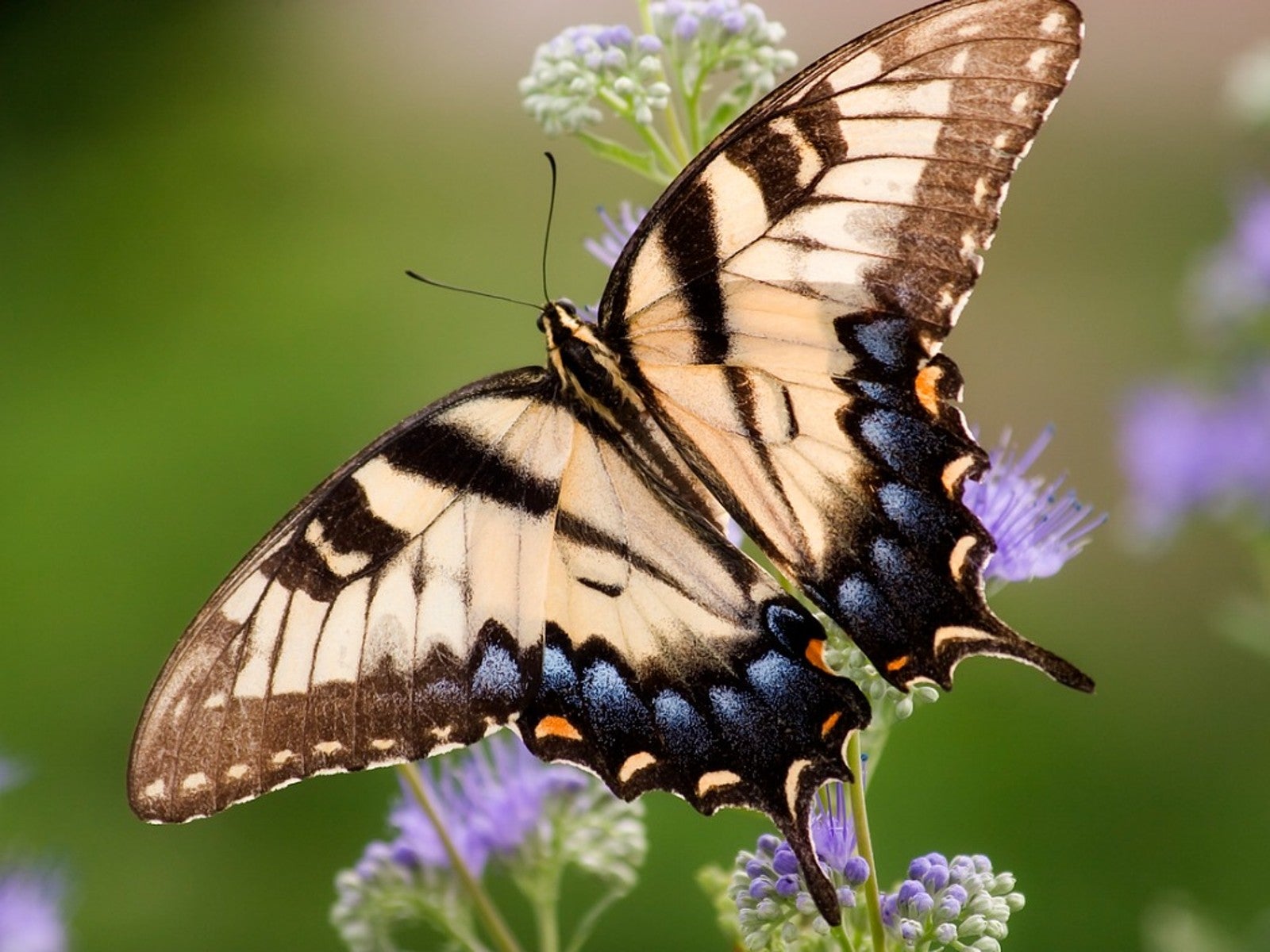Best Swallowtail Butterfly Host Plants For The Garden


Swallowtail butterflies are popular species for their attractive wing forms and varied colors. Choose host plants for swallowtails’ caterpillars, as well as nectar for adults, to see more of these spectacular insects in your garden.
About Swallowtail Butterflies
Swallowtails belong to the Papilionidae family of butterflies. Several species are native to and common in the U.S. The swallowtails are among the most spectacular of butterflies with their characteristic “tails” reminiscent of swallows.
Since they are so attractive, many people want to bring more swallowtails to their gardens. To get more in your backyard, choose appropriate host plants for swallowtail butterflies. These are the plants on which particular species lay their eggs. The caterpillars feed on the plants until they pupate.
You’ll also want to plant species that adult swallowtails need for nectar. Different types of swallowtails feed on different plants, but some of the common nectar species include milkweed, wild bergamot, butterfly weed, purple coneflower, and Joe Pye weed.
Black Swallowtail Host Plants
Black swallowtails are striking for their velvety dark coloring with lighter yellow and blue bands and spots. Also known as parsley butterflies, they lay eggs on parsley. Other host plants are fennel, dill, Queen Anne’s lace, common rue, and golden Alexander.
You can find black swallowtails throughout most of the U.S. The exception to this is the Pacific northwest. They also live in northern Mexico and southern Canada.
Tiger Swallowtail Host Plants
Different types of tiger swallowtail butterflies live in separate regions. For instance, the eastern tiger swallowtail is found in the eastern U.S. There is also a Canadian, Appalachian, and western swallowtail. All are distinguished by yellowish coloring with black stripes.
Sign up for the Gardening Know How newsletter today and receive a free copy of our e-book "How to Grow Delicious Tomatoes".
Tiger swallowtails generally lay eggs in trees. The tree type might vary by region, but in general, host plants include ash, tulip tree, black cherry, sweetbay, magnolia, and American basswood.
Giant Swallowtail Host Plants
The largest species in the U.S., the giant swallowtail can be 6 inches (15 cm.) across. One of the most interesting features is the difference in coloring between the top and underside of the wings. On top, they are black with light yellow spotted stripes. Underneath, the wings are bright yellow, a camouflaging strategy.
You can find giant swallowtails throughout the U.S. using host plants that include wild lime, all citrus trees, northern prickly ash, common rue, hoptree, and Hercules club, also known as devil’s walking stick.

Mary Ellen Ellis has been gardening for over 20 years. With degrees in Chemistry and Biology, Mary Ellen's specialties are flowers, native plants, and herbs.